Kleiner’s Korner: The 1910 Buick VCR Team at Sea
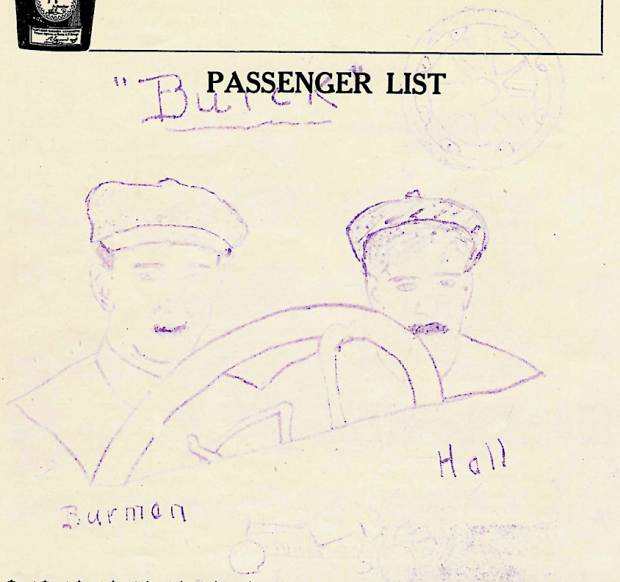
Soon after the 1910 Vanderbilt Cup Race, the Buick team headed to Savannah, GA to participate in the Nov. 12th Grand Prize Race. The team and other auto enthusiasts returned after the race to New York on the steamship "SS City of Savannah" which featured in its on-board publication an article about the Vanderbilt Cup Race and several drivers. All documents are from "The Aerogram" of November 16, 1910 except where noted.
Art Kleiner
SS City of Savannah
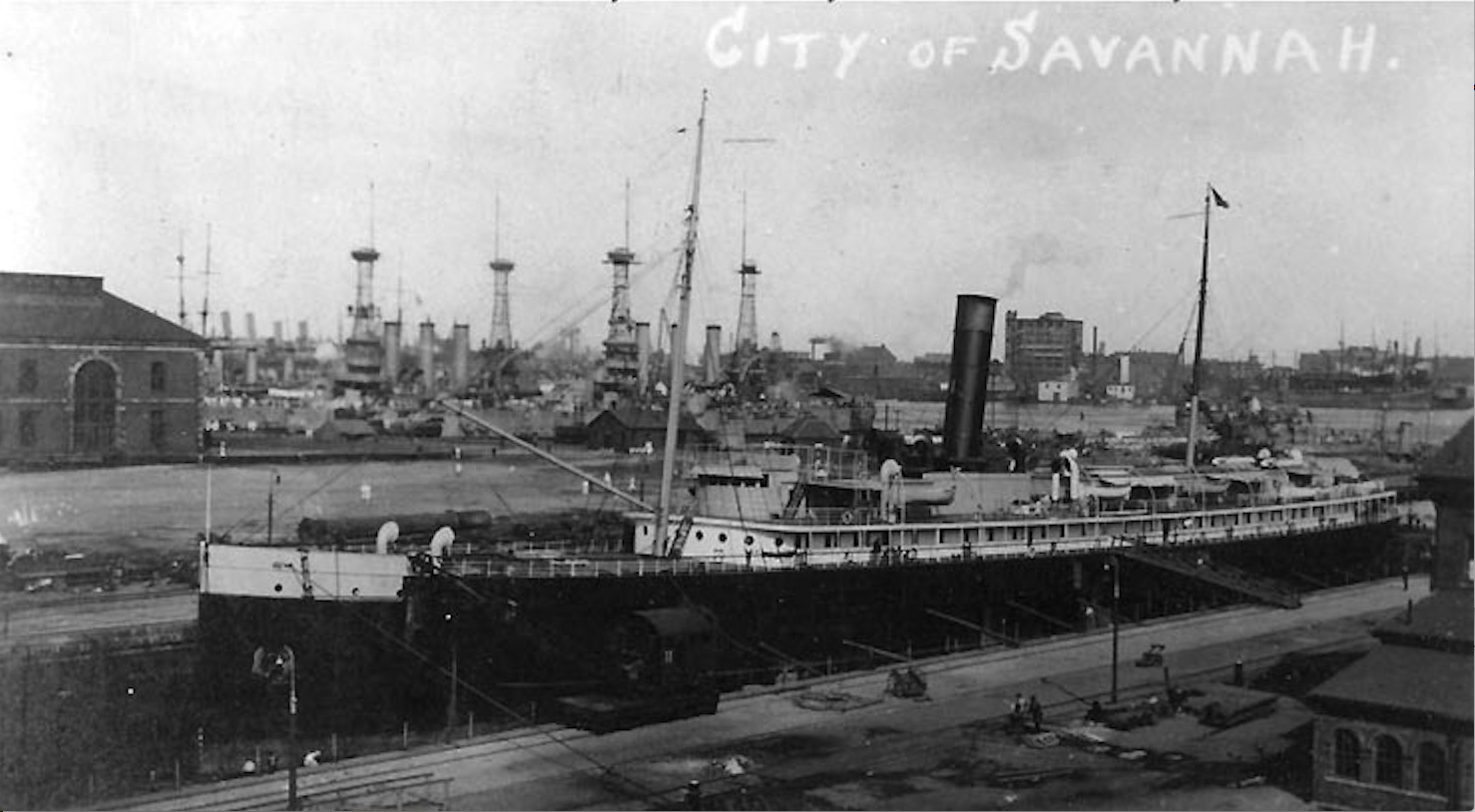
The SS City of Savannah was built in 1907 and ownerd by the Ocean Steamship Company of Savannah. The following year it was designated as the "official route" to the Grand Prize Race in Savannah by the Automobile Club of America. Lavish on-board parties were reported to have taken place during the trip and the evening before the race.
Having served both the Army and Navy during and after WWI it was operated by several commercial enterprises until it was sold for scrap in 1947.
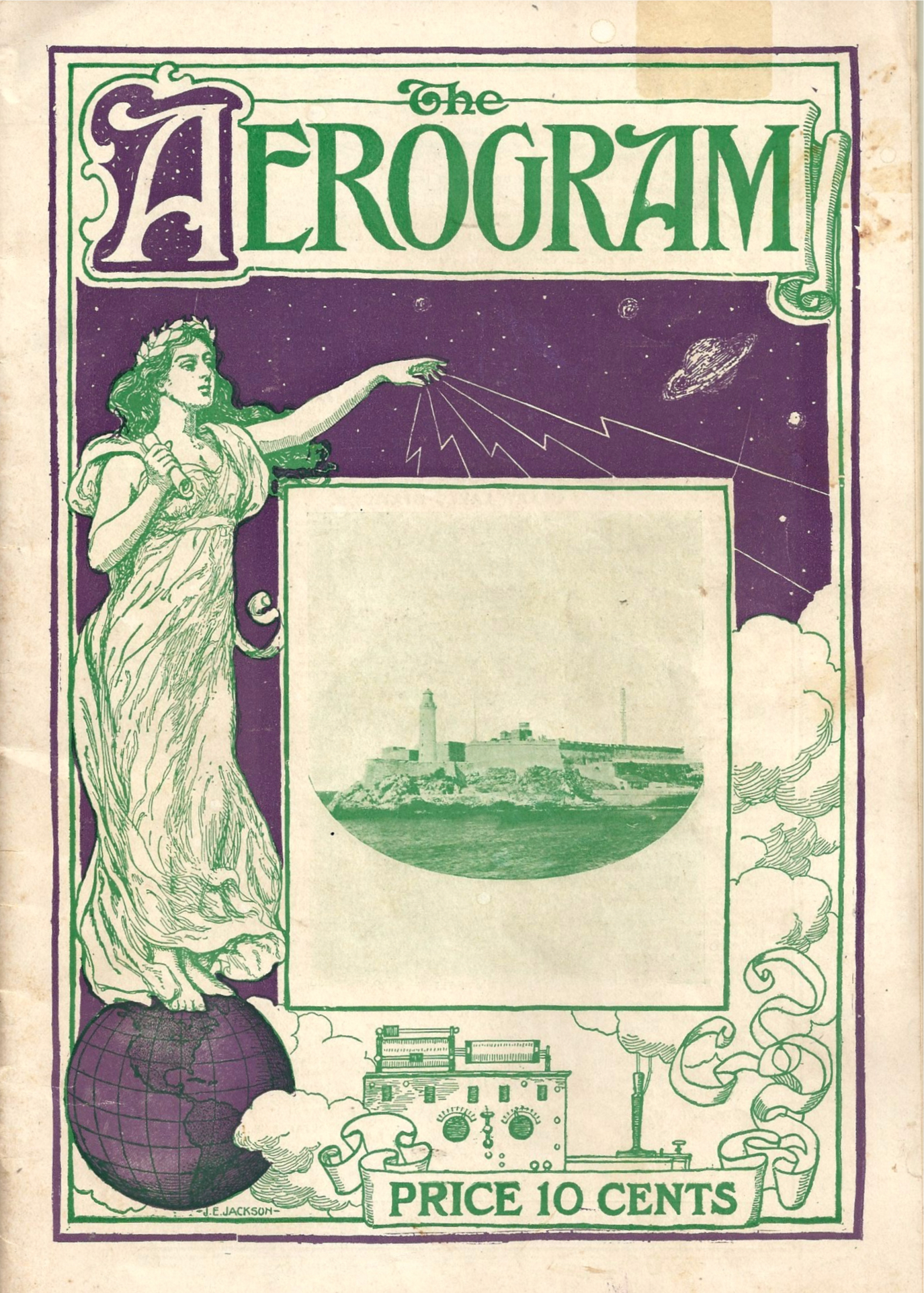
The on-board publication named "The Aerogram" was produced daily.
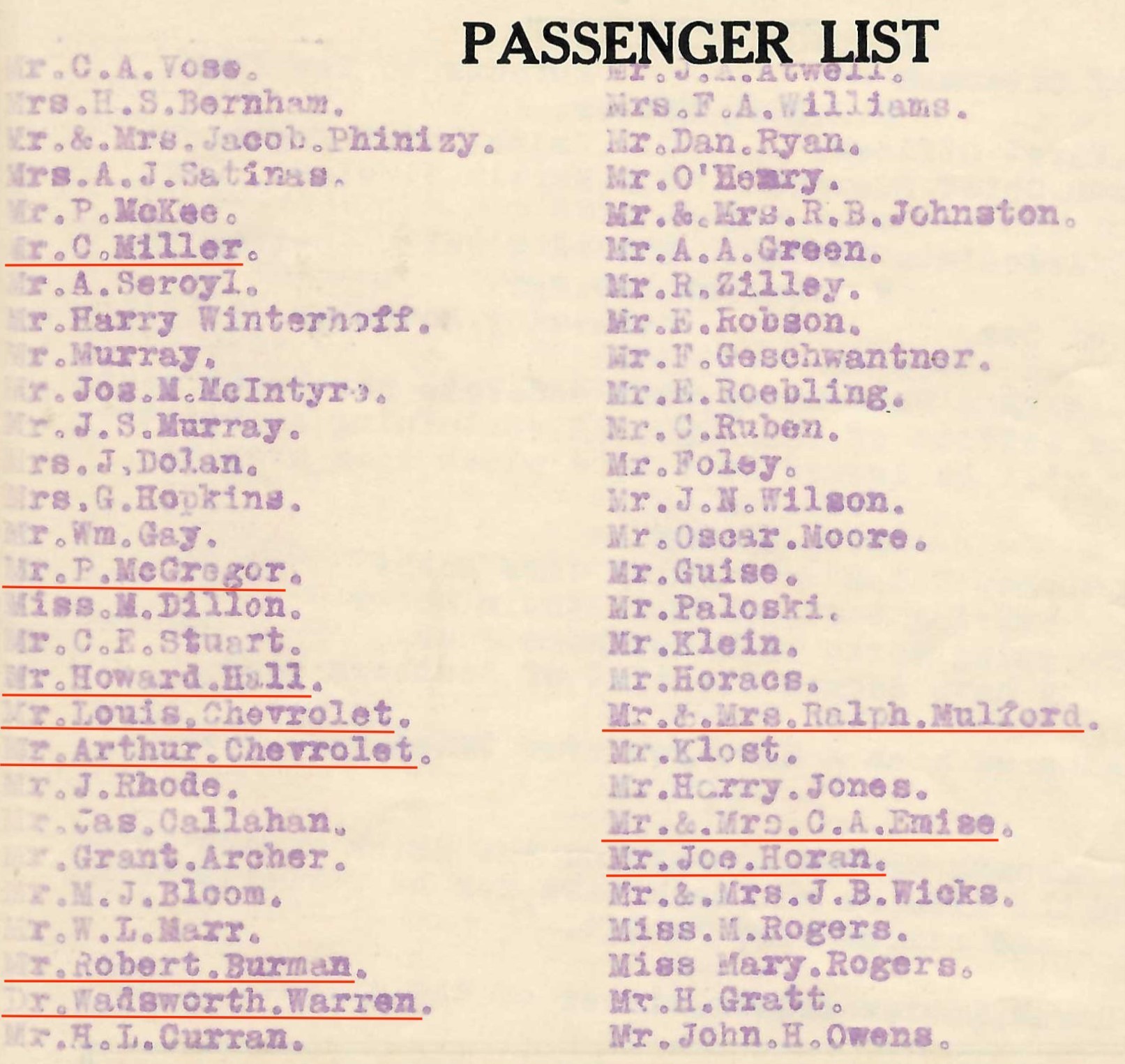
Several drivers that participated in the 1910 Vanderbilt Cup and Savannah Grand Prize Races as well as other auto enthusiasts were passengers and listed in the publication. Originally thinking C. Miller referred to Charles Miller, I've since realized that Charles was Louis Chevrolet's mechanician who died during the Vanderbilt Cup Race and thus could not be this C. Miller. Unless the passenger list was printed prior to Miller's death.
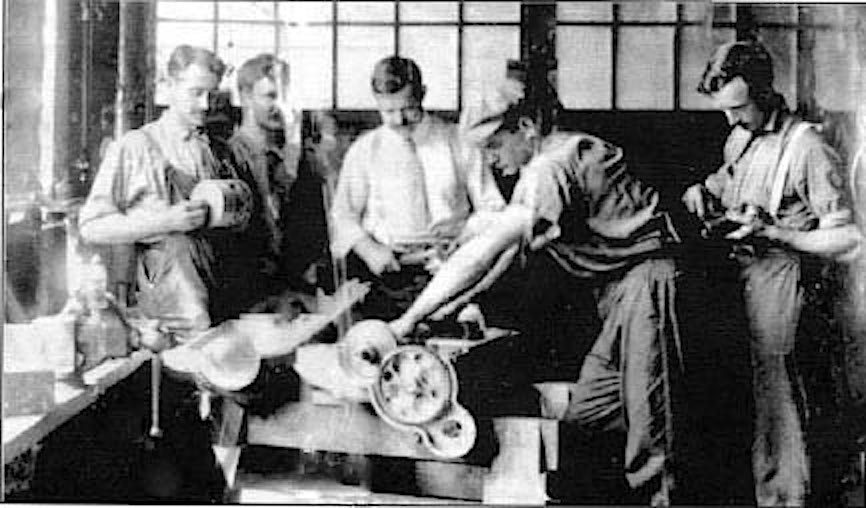
Part of the 1910 Buick Team (left to right): Louie Larcener, Arthur Chevrolet, Louie Chevrolet, Charlie Miller and Pete MacGregor.
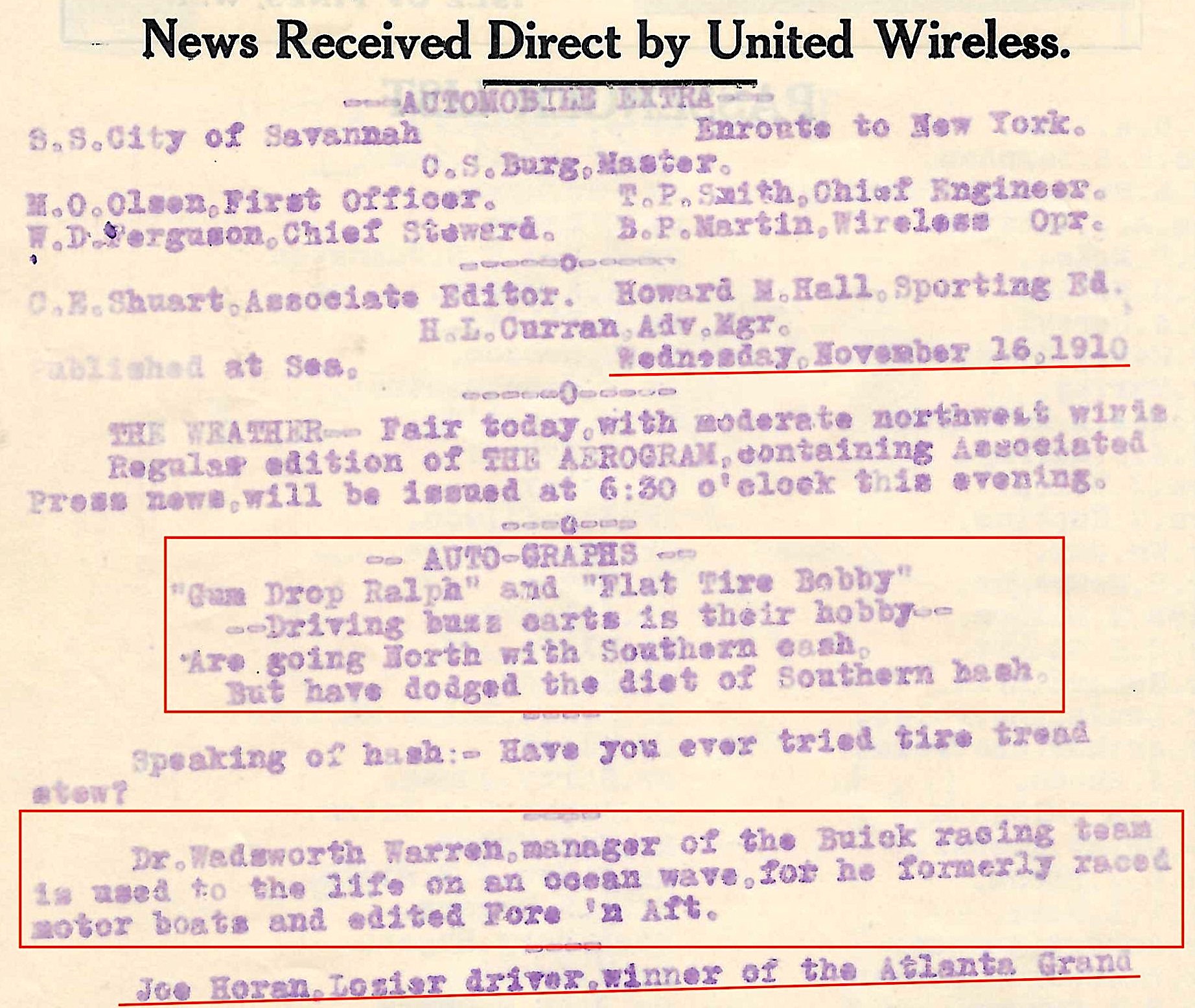
The news of the day included several items about Buick drivers and other auto enthusiasts: Ralph Mulford; Dr. Wadsworth Warren, manager of the Buick Team; and Joe Horan (Lozier).
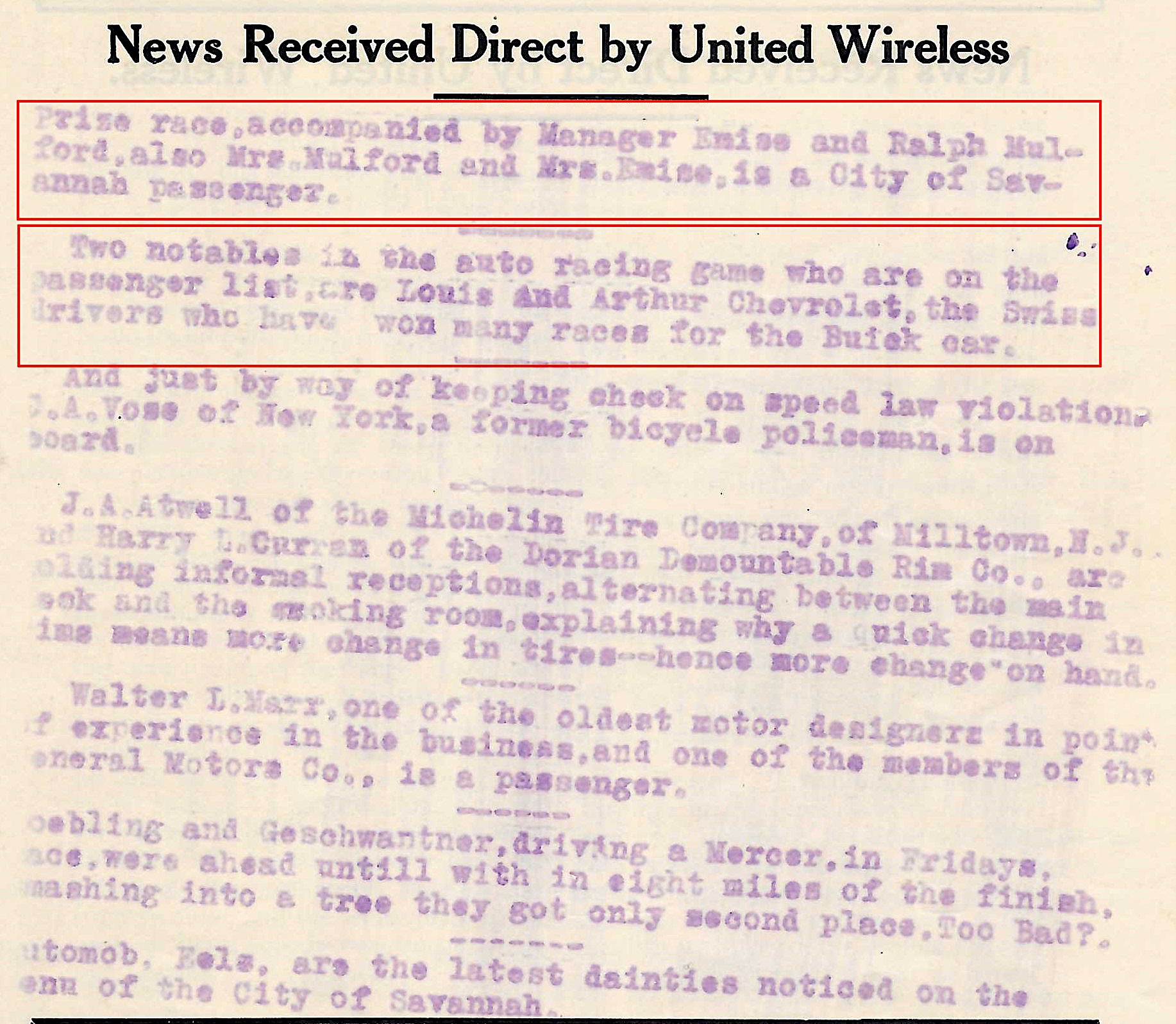
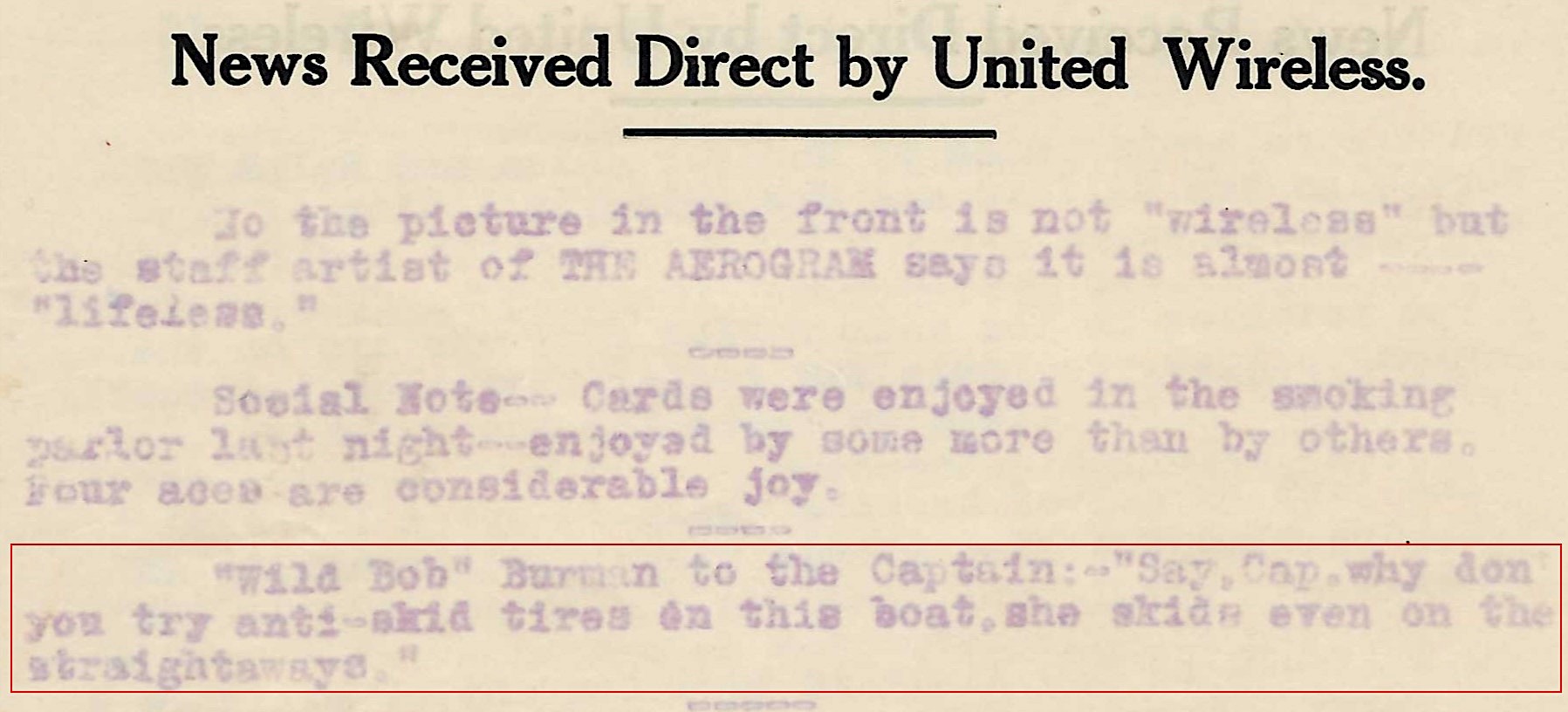

Several auto agents in Cuba advertised in "The Aerogram". Wonder if any of their cars still exist in Cuba or elsewhere!

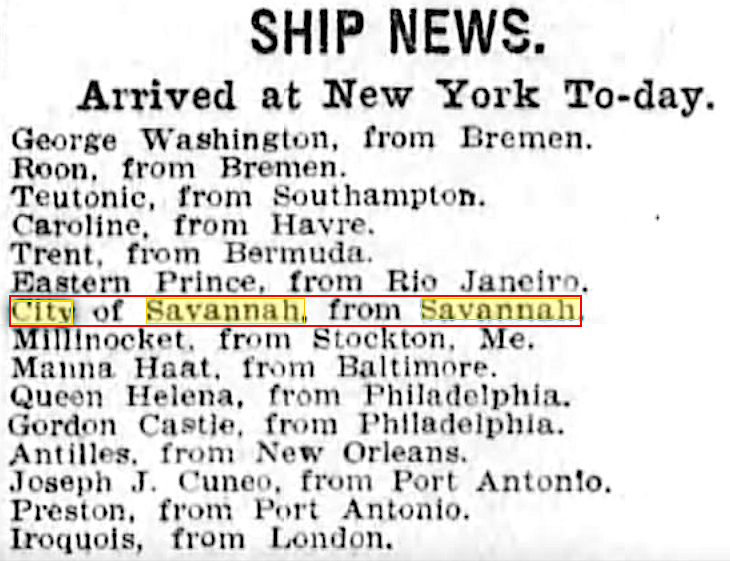
Expected to dock in NY on November 17, 1910. (Brooklyn Daily Eagle, Nov. 17, 1910)
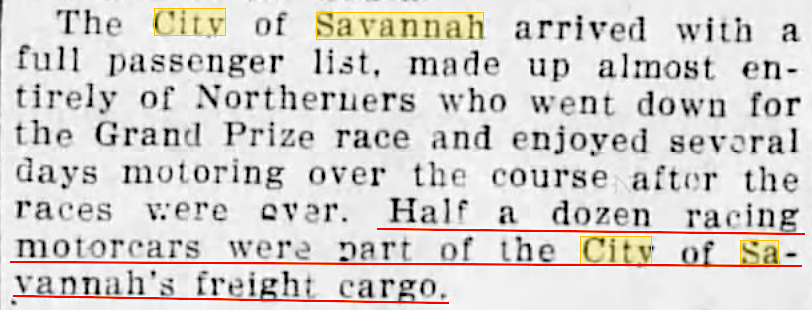
With drivers and cars on board. (Brooklyn Daily Eagle, Nov. 18, 1910)
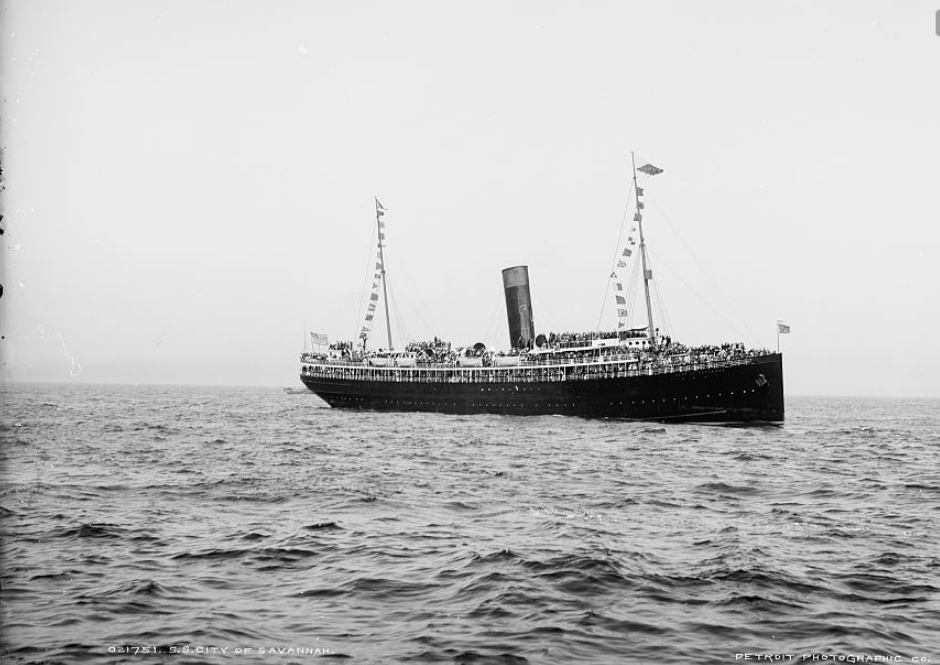
At sea. Are those autos at the stern?
"The Vanderbilt Race" in "The Aerogram"
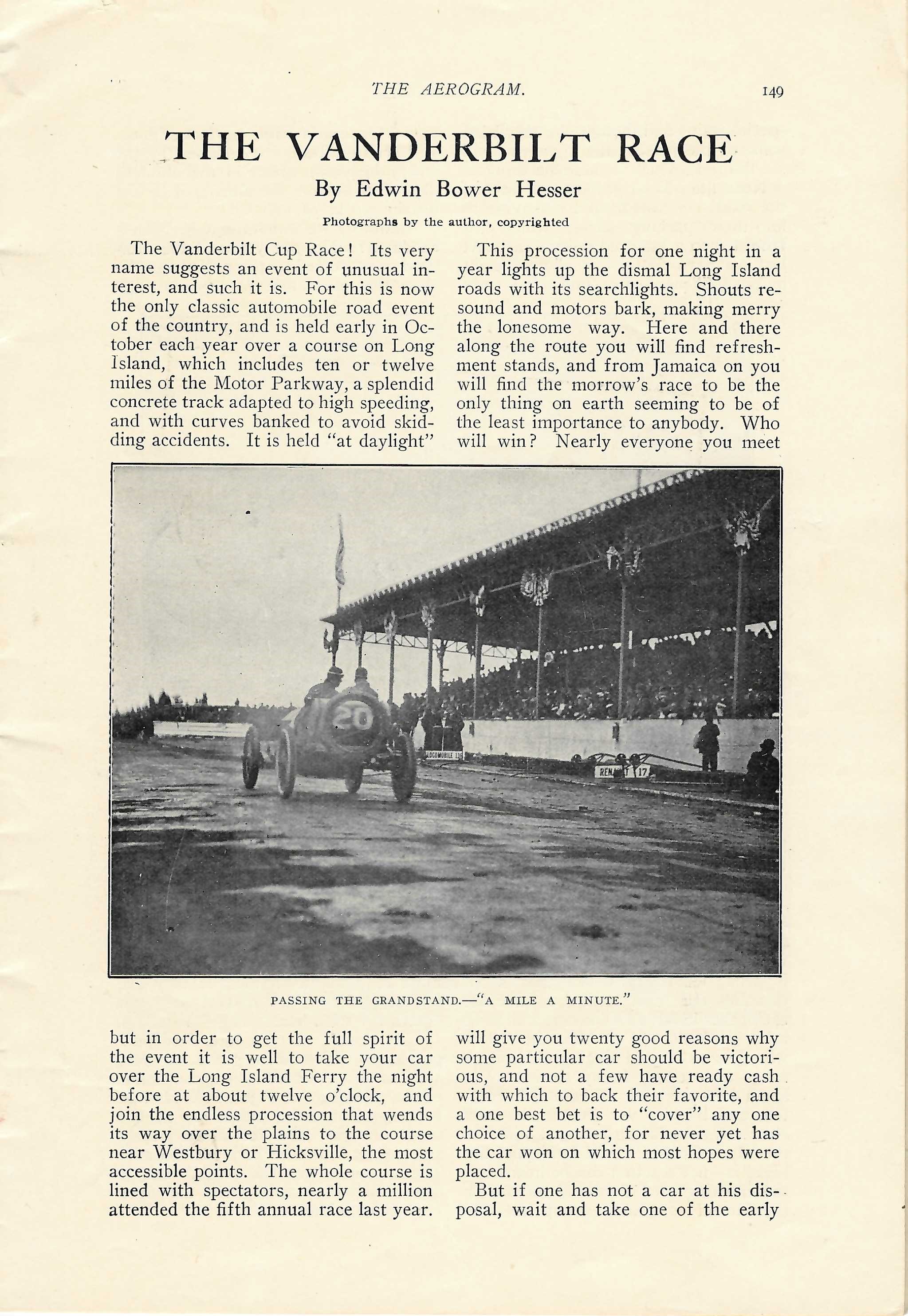
Here is the complete article "The Vanderbilt Race" written and photographed by Edwin Bower Hesser that appeared in "The Aerogram" of Nov. 16, 1910. If the same person, Hesser would become a prominent photographer of Broadway and movie starlets.
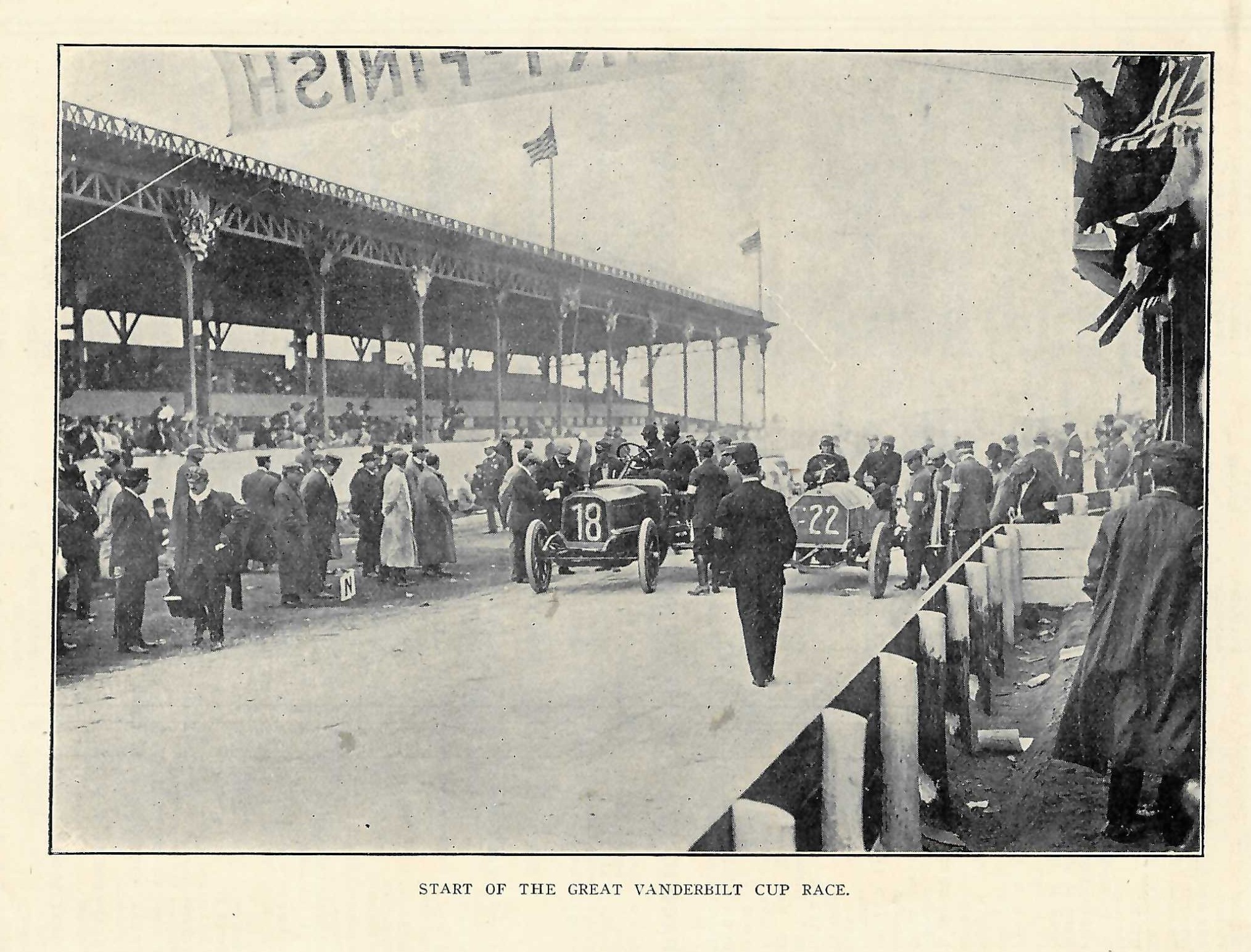
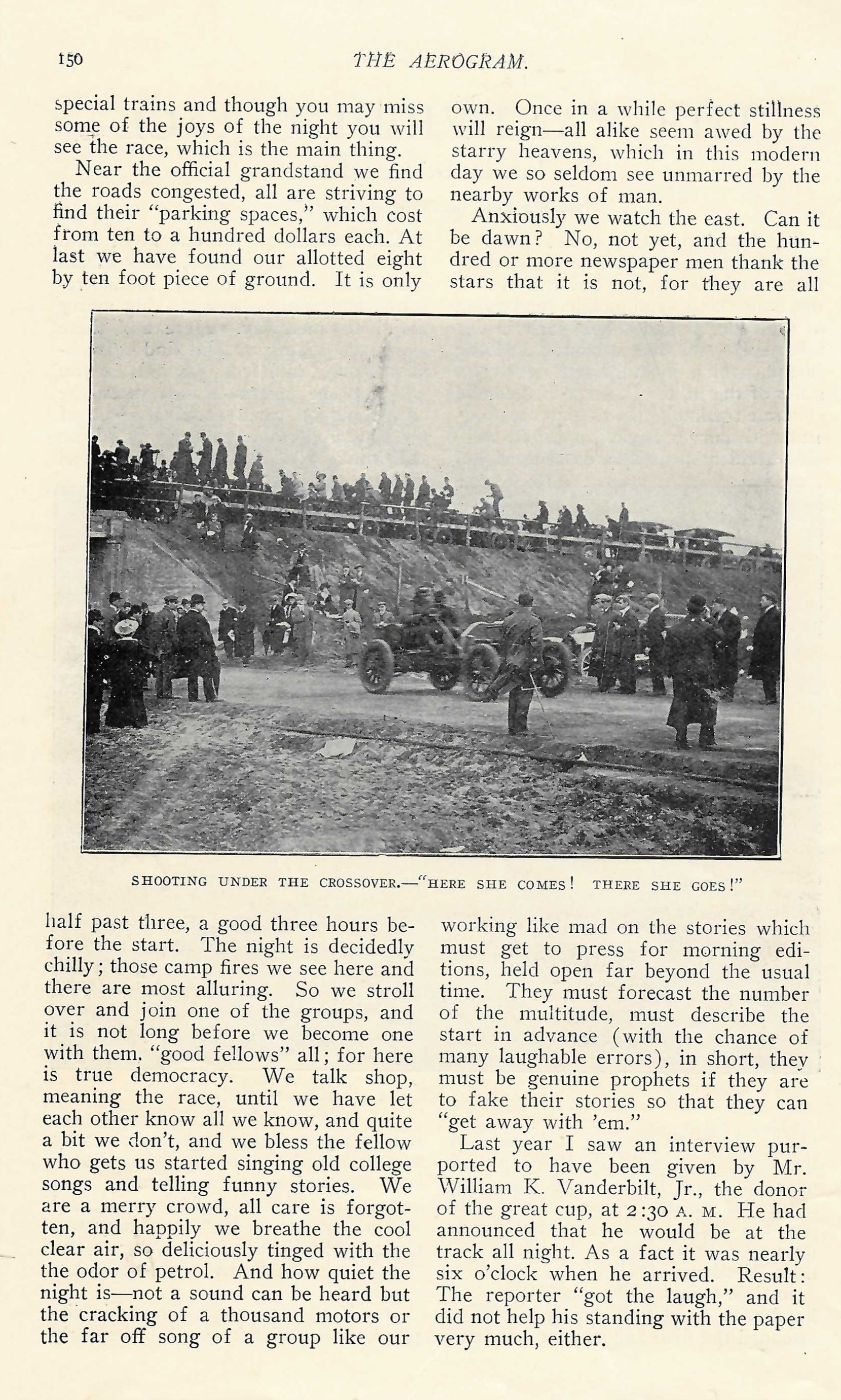
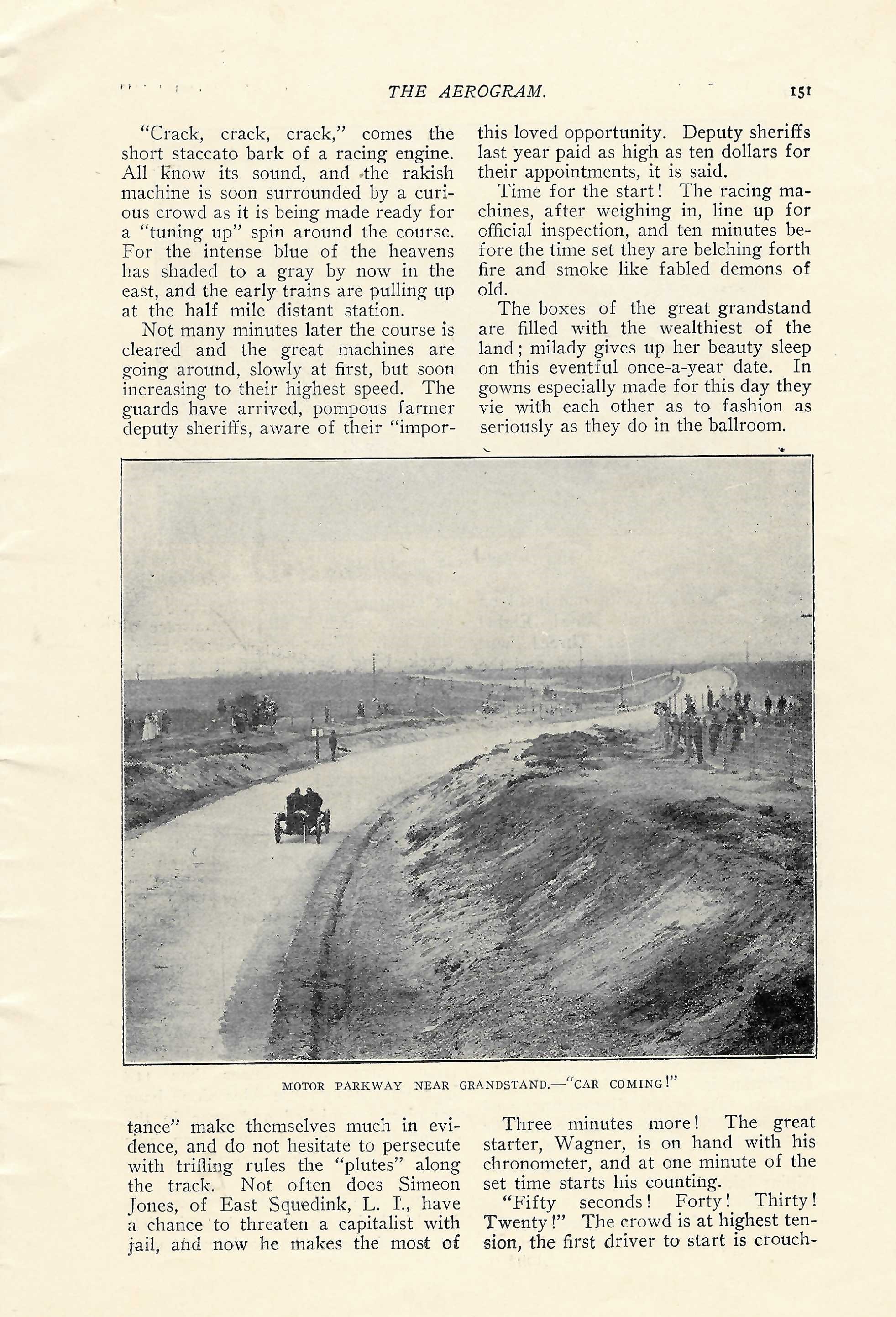
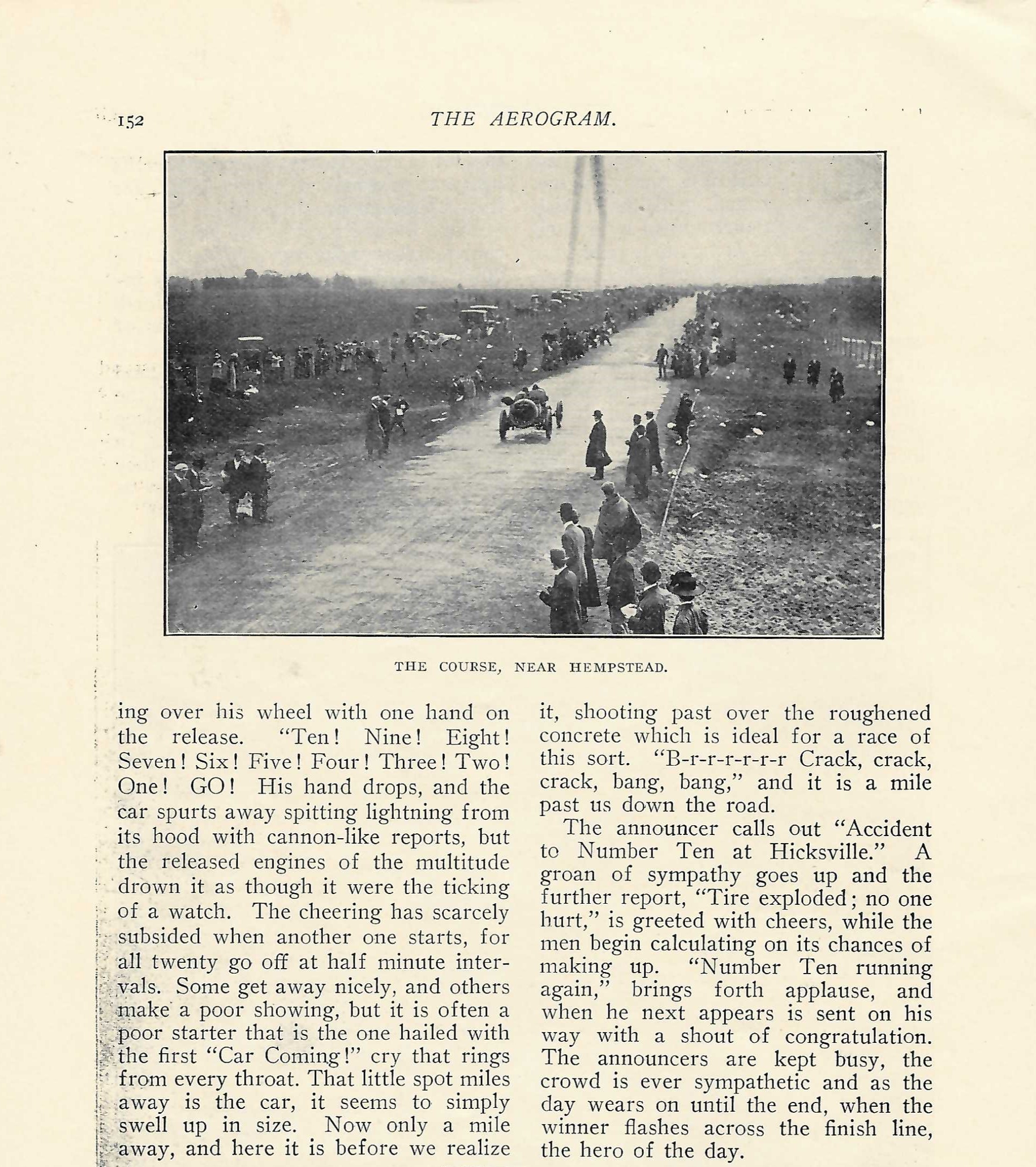





Comments
I like the race photos from the Aerogram. Photos below bring to mind the Jerusalem Ave Hwy Bridge, ‘Meadowbrook’ Pkwy Bridge, and the straightaway heading east to the Grandstand area.
Most interesting to see the advertisement for the automobile for hire in Havanna. Havanna had a very very active automotive history. They issued a magazine named El Automobile de Cuba which went to automobile dealers and enthusiasts in the country. Many car dealers had major locations there as it was a land many Americans used to vacation in ( like Puerto Rico is now) . I have several issues of the magazine I mention form the 1930-33 era and have included some images from those here. My Spanish teacher in college was Manuel Uruttia a former judge and President of Cuba ( just before Castro took over) and I would stay after class and listen to his stories of Cuba and he would answer questions about the cars there pre WWII era which had some heavyweight classics - Cunningham , Packard etc.
From Walt Gosden
East Squedink, L. I.? I’m a lifetime Long Islander and I never heard of that place.
The term “Squeedunk” was a derogatory term for a place where backwards country folk lived; its dates back to at least 1858. So I assume the author was making fun of the local “farmer deputy sheriffs” with a made up village name.
Gary,.. The poor backward country folk lived in Poordunk, later shortened to Podunk.